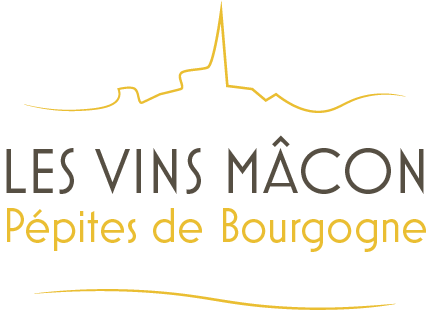Mâcon-Pierreclos
The wines
White wines
With their pale gold color, Mâcon-Pierreclos whites are not exuberant wines. Rather, they gradually reveals aromas of nuts and dried fruit, combined with slightly more floral aromas suggesting beeswax. Ageing in wood brings roasted and well-integrated spicy notes. In the mouth, they create a sense of opulence, generated by a unique smoothness, while remaining balanced.
Red wines
Just like the wines from neighboring Serrières, the reds of Pierreclos can be defined as “serious”. With a lovely intense ruby color, these Gamays first come across as slightly austere before aromas of fresh mushroom, licorice, and tobacco emerge. Some tasters note a tendency for these wines to resemble Pinot Noirs to an extent, due to their complexity. Fairly tannic, they are quite closed in the mouth, but offer some fine keeping potential.
Colors
Production

mâcon-Pierreclos
An additional geographical denomination that is part of the Régionale Mâcon appellation in the Mâconnais.
According to the 2005 specifications rules, the name Mâcon-Pierreclos refers to white, red, and rosé wines grown within a defined area in the village of Pierreclos.
Situation
Where the Haut-Mâconnais meets the valley of the Petite Grosne heading east, the vineyards of Mâcon-Pierreclos are found on either side of the river. To the south, the hills continue to the end of the village with the Mâcon-Serrières appellation, while to the north, it meets the edge of the Mâcon-Milly-Lamartine and Mâcon-Bussières AOCs.
The western point of the “golden triangle” formed along with Bussières and Serrières, Pierreclos, meaning “closed stones”, bears witness to a history intimately linked with that of the chateau. Erected on high ground out of the way of the river in times of high water, it was firstly a fortified church constructed on the initiative of the Bishop of Mâcon. A strategic military location between the Mâconnais and the Beaujolais, it underwent multiple sieges and ravages during the troubled 15th century and the Wars of Religion. It was attacked as part of the Mâconnais raid in July 1789. Successive restorations mean that now, one can admire its multicolored glazed tiles with geometric motifs, recalling the splendor of the Bourgogne region under the dukes, who were talented in such ostentatious ornamentation. A place of varying landscapes, Pierreclos welcomed the Saint-Vincent Tournante de Bourgogne celebrations in 2009, in partnership with Mâcon and Chardonnay.
Terroir
Level 1
Southwest of the village, the steep slopes facing the rising sun are home to vines at between 270 meters above sea level at Les Margots, and 425 meters above sea level at La Varenne on the slopes of Mont Berzé. To the north of the village, the similarly steep hillsides of the Montagne de Cras, at 506 meters above sea level, are hot and south- or southwest-facing, looking down over the valley of La Vallière, at between 280 and 460 meters above sea level at La Condemine. The contrasting climatic influence of the Haut-Mâconnais, which is hot during the day and cold at night, can be clearly felt here.
Level 2
In this zone where sedimentary rock from the Secondary Era meets the crystalline bedrock from the Primary, some vines enjoy the acidity of granite on sandstone and pink sand, while others grow on heavy clay marl, and some on hard, shallow, and very pebbly limestone.

